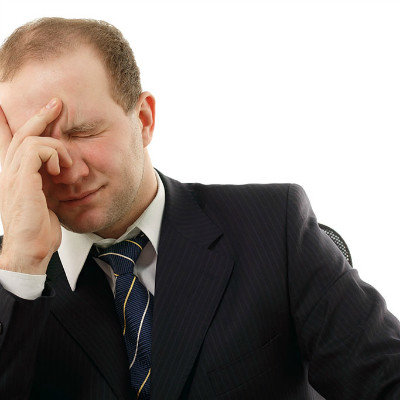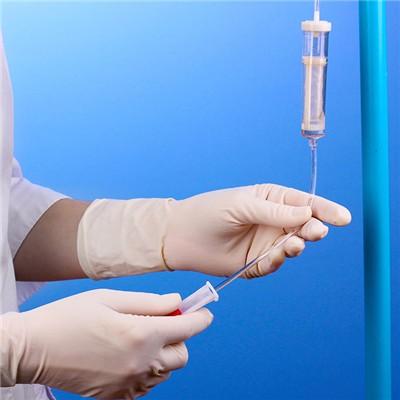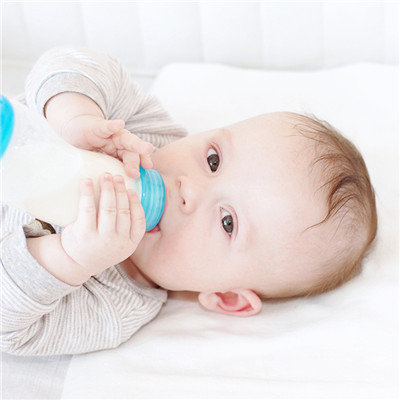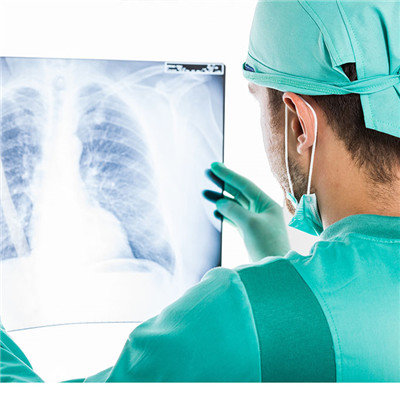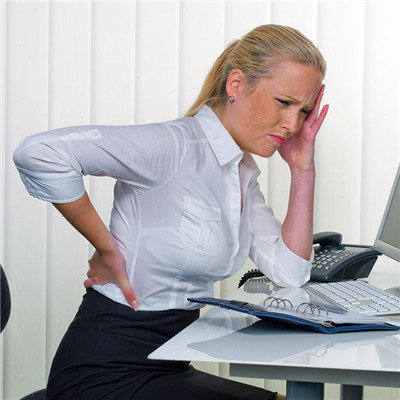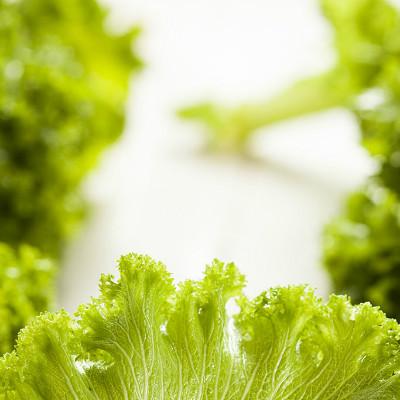How does child kidney stone treat a method?
summary
Kidney stone is a common disease in internal medicine, which often appears in children. For parents, if found in children with kidney stones, it is necessary to rush to treatment. So, how should child kidney stone do well? I'd like to share my views with you.
How does child kidney stone treat a method?
1. General treatment (1) a large amount of drinking water, small stones may be pushed by a large amount of urine, flushing and discharge, increased urine also helps to control infection( 2) M-type choline receptor blocker can relax ureteral smooth muscle and relieve spasm. The dosage of progesterone is usually 20mg. Intramuscular injection of progesterone can inhibit the contraction of smooth muscle and relieve spasm; Nifedipine, a calcium blocker, has a certain effect on relieving renal colic; α Receptor blockers have certain effect in relieving ureteral smooth muscle spasm and treating renal colic( 3) Infection is easy to occur when controlling urinary tract obstruction caused by infectious stones. Magnesium ammonium phosphate stones are often formed in infected urine, which aggravates the disease. Antibiotics should be used to control or prevent urinary tract infection in addition to removing stones to relieve obstruction.

2. According to the etiology of different components of treatment (1) hypercalciuria (1) primary hypercalciuria can use thiazide drugs and potassium citrate, absorptive hypercalciuria in addition to thiazide drugs, potassium citrate, can not tolerate this kind of drugs need sodium cellulose phosphate, blood phosphorus decreased need to use orthophosphate. ② When hypercalcemia crisis occurs, emergency treatment is needed. First, normal saline was used to expand the volume as soon as possible, and loop diuretic furosemide was used to increase urinary calcium excretion; Diphosphate is mainly used to treat hypercalcemia, which can effectively inhibit the activity of osteoclasts and reduce bone resorption. When patients have primary hyperparathyroidism with symptomatic hypercalcemia or asymptomatic renal calculi, parathyroidectomy is the first choice. When the patient has symptomatic or obstructive kidney stones, in the absence of hypercalcemia crisis, the stones should be treated first( 2) Renal tubular acidosis mainly uses alkaline drugs to slow down the growth of stones and the formation of new stones and correct metabolic disorders( 3) It is difficult to treat primary hyperoxaluria with hyperoxaluria. Vitamin B6 can be used to treat primary hyperoxaluria. Starting from a small dose, the amount of vitamin B6 can be increased continuously with the decrease of effect. At the same time, drinking a large amount of water and limiting foods rich in oxalic acid can make the oxalic acid level of urine drop to normal( 4) High uric acid, urine low purine food, drinking a lot of water can reduce the concentration of uric acid in urine( 5) Homocystinuria should be treated by limiting protein diet and using mercaptan drugs to reduce cystine( 6) According to the patient's condition, the infected stones were removed, and appropriate antibiotics were selected to control urinary tract infection.
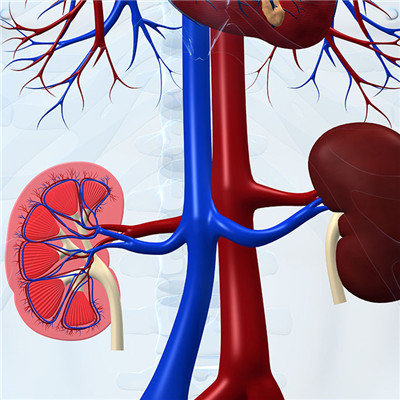
3. Surgical treatment should be considered when the pain can not be relieved by drugs or the stone diameter is large. Including: ① extracorporeal shock wave lithotripsy. ② Ureteral stent placement can also be combined with ESWL treatment. ③ Ureteroscopic lithotripsy. ④ Percutaneous nephrolithotomy. ⑤ Laparoscopic lithotomy.
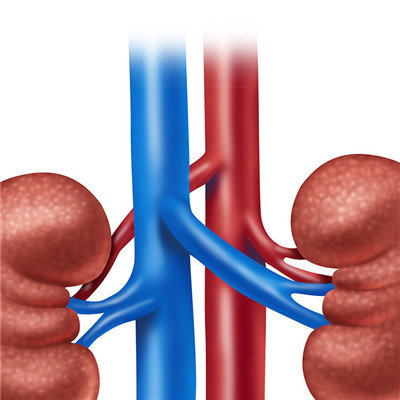
matters needing attention
For the emergence of kidney stones in children, if parents want to help their children get rid of the disease as soon as possible, they must choose the appropriate method. In general, in order to effectively treat this disease, the three methods in this paper have a good effect.



